In the last few years, the French producers included more scenic shots during the coverage than in Tours past, and last year I got the bright idea to capture images from the broadcast, to create a library of visual resources on locales in France to use during my campaign. Scenic shots of the terrain for the different provinces and departments are actually pretty easy to find on the intrewebs, of course, but what I really liked from the coverage is architecture - I wanted to get a feel for the many different styles of châteaux and other country houses out there, to use in creating maps and floorplans.
This year I'm once again recording images from the Tour. Unfortunately I haven't had the time this year to write down the names of locations like I did before - I'll try to jot more of them down over the next couple of weeks if I can.
Stage 1 - Liège to Seraing, 198 km
After the prologue in Liège, the tour's first stage travelled through the Ardennes. This château was located near Seraing.
Stage 2 - Visé to Tournai, 207.5 km
Three more Belgian châteaux in another 'flat' stage through Wallonie which consisted of lots of rolling hills and a short, steep climb at the finish that was brutal for the true sprinters.
Stage3 - Orchies to Boulogne-sur-Mer, 197 km
Stage 4 - Abbeville to Rouen, 214.5 km
The Côte d'Albâtre - the Alabaster Coast - is the White Cliffs of Dover's French counterparts.
I love the dovecote in this one.
Stage 3 marked the Tour's first day in France, taking the riders through the Nord-Pas de Calais region to Boulogne, another hilly 'flat' stage.
Had the adventurers in my campaign not gotten themselves exiled from Paris, they might've ended up in Boulogne, escorting the new Queen of England to meet her husband.
Stage 4 carried the riders across Bas-Normandie along the left bank of the Seine to the port city of Rouen. Crashes were coming thick and fast in this stage, claiming many riders, and they wouldn't let up through the rest of the week.
Rouen was one of the gateway cities to New France in the 17th century - many Québécois can trace their origins to Normandie for this reason.
The pictures from these stages ended up jumbled together, unfortunately.
Stage 5 - Rouen to Saint-Quentin, 196.5 km
The Tour turned around and headed back toward Picardie and the royal city of Saint-Quentin, for centuries an important frontier fortress-city until Louis XIV pushed the border back.
Notice the change in building materials and style? More German influences appear as we move toward the old border with the Holy Roman Empire.
Stage 6 - Épernay to Metz, 207.5 km
I love this old fortified gate/bridge.
From Champagne to Lorraine, the Tour's last sprinter's stage of the first week featured another blizzard of big crashes, and what will probably be the last day in the yellow jersey by one of my favorite riders on the Tour, Fabian Cancellara, as the first mountain stage looms ahead and the GC riders can be expected to begin their race.
Unfortunately one of my other favorite riders, Ryder Hesjedal, the winnner of this year's Giro d'Italia and the first Canadian to win a Grand Tour, got caught up in a crash and finished over thirteen minutes behind the peloton, knocking him out of general classification contention for the Tour. I've followed Ryder's career since he was on the Rocky Mountain factory mountain bike team. Why Jonathan Vaughters had Ryder so far back is a mystery; basic Tour strategy, particularly in the first week, is to keep your GC rider as close to the front of the peloton as possible, to avoid exactly this situation. The received wisdom of the Tour proved prescient: you cannot win the Tour in the first week, but you can definitely lose it.
One week down, two to go, and three more stages before the Tour's first rest day. Check back next week for more photos.

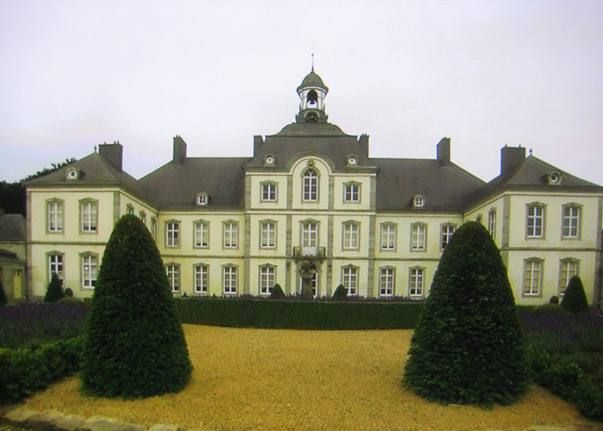
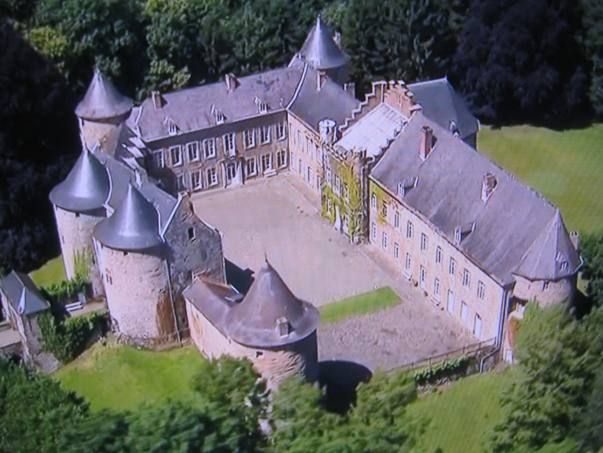
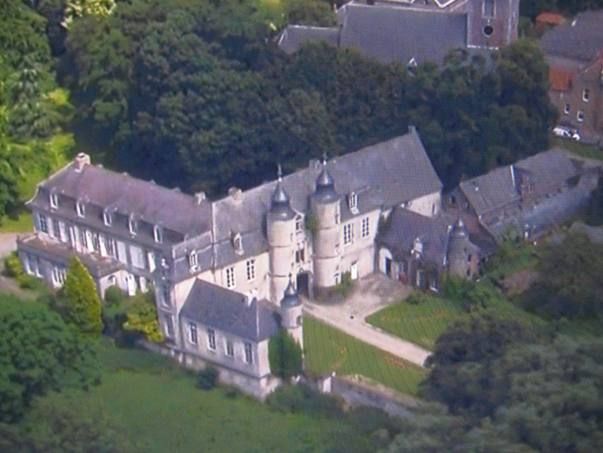
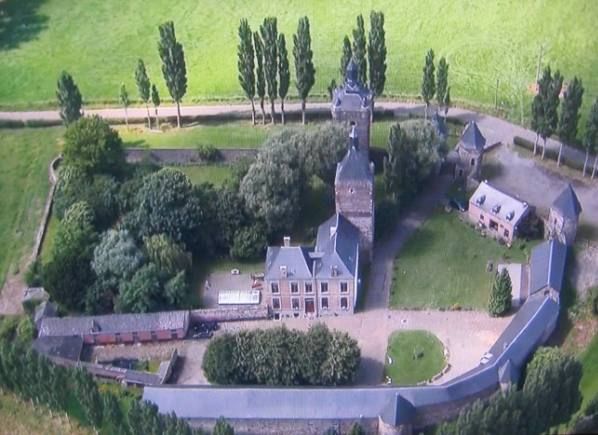
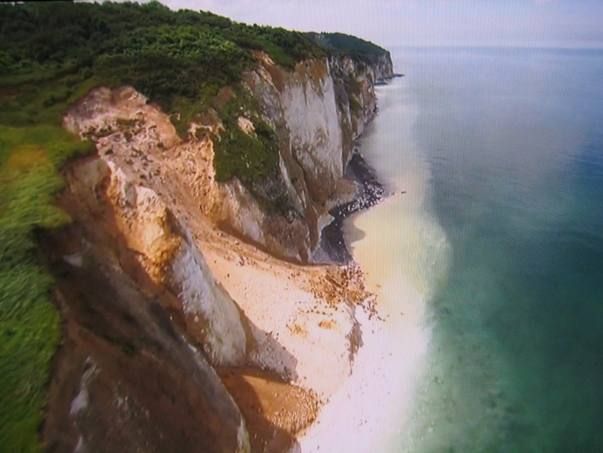
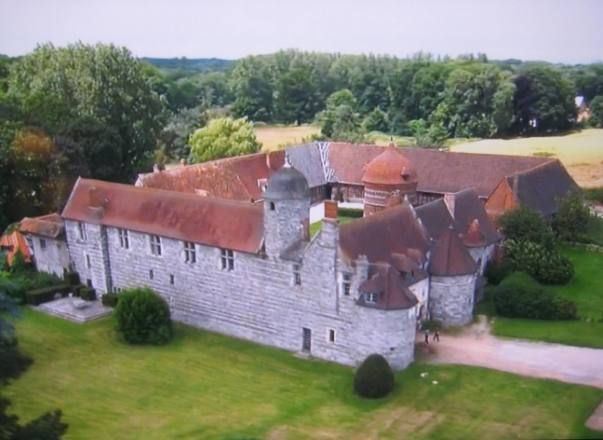
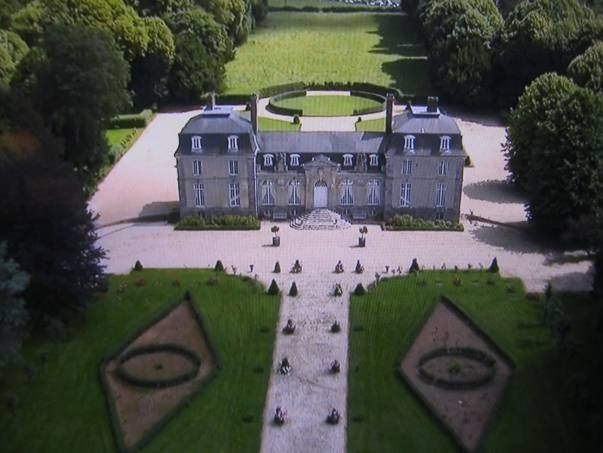

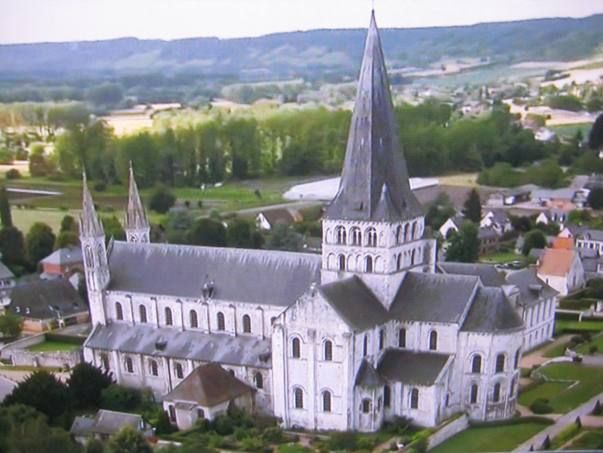
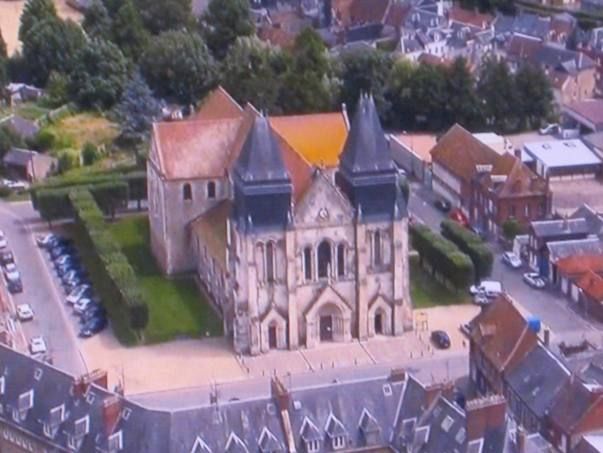
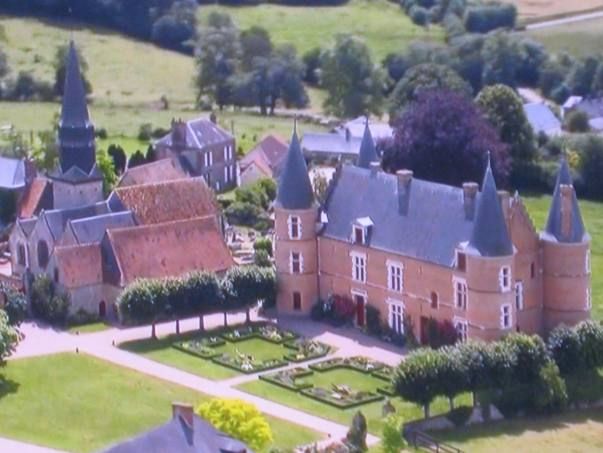

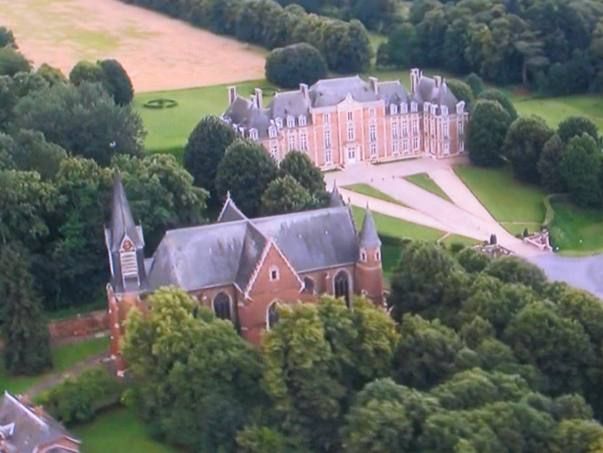
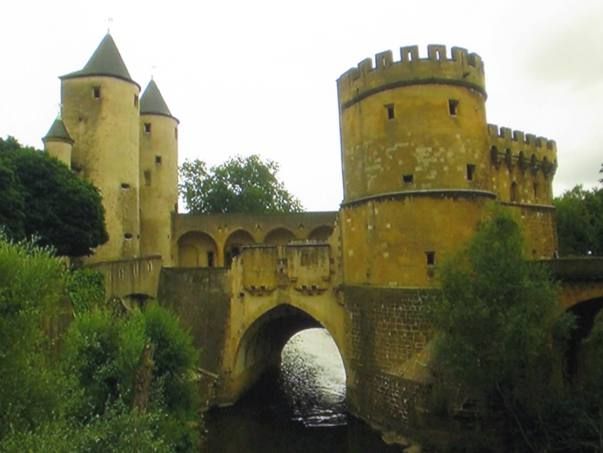
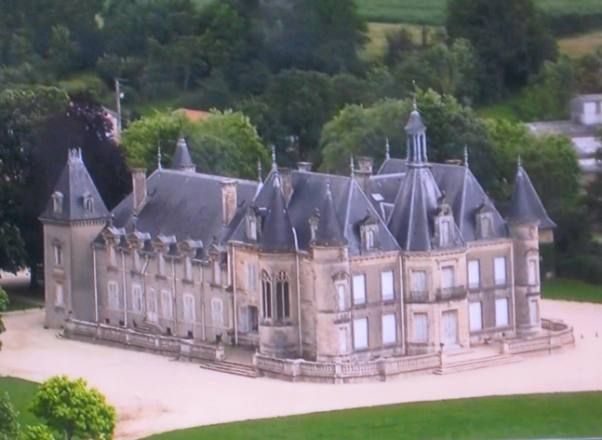
I don't know what it is about the image quality, but they look like maquettes. :D
ReplyDeleteBeautiful and had I not had the same experience looking at the real thing when I was in Europe (thinking it looked like a maquette, not a real place) I would be in utter disbelief.
Yeah, they remind me of the scenery in the old (pre-CGI) Thomas the Tank Engine shows. It's a remarkable illusion.
DeleteI had sometimes wondered when watching the older Thomas episodes how much of that was model work and how much was photography.
DeleteRegardless, it is beautiful.
Judging from production stills I've seen, most of the trains and dioramas were models, with some painted backgrounds in the distance.
DeleteTo me, that was part of the genius of Thomas - the role of model building in producing a show about trains - that was irrevocably lost in the switch to CGI.
As you might guess, Thomas has been pretty serious business around our household for about four years now.
LOL! One of my middle boys, our 6.5 year old, is mad for trains. He builds very elaborate runs with his wooden and plastic tracks. He'll talk constantly about the history of steam power and the development of early steam locomotives.
DeleteFor him, it started with Thomas but it's become a serious interest in all things train-related.
We're going to need a bigger house in a few years so I can give him a place to start doing model railroading with his grandfathers. :D
My little boy and girl LOVE Thomas.
ReplyDelete